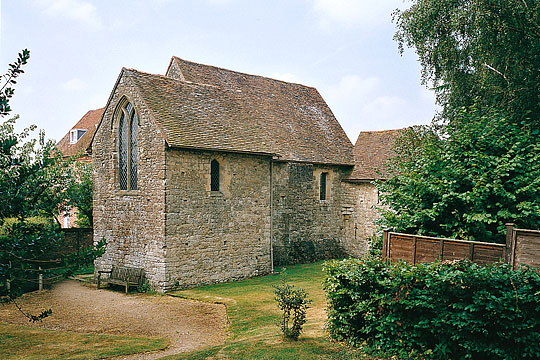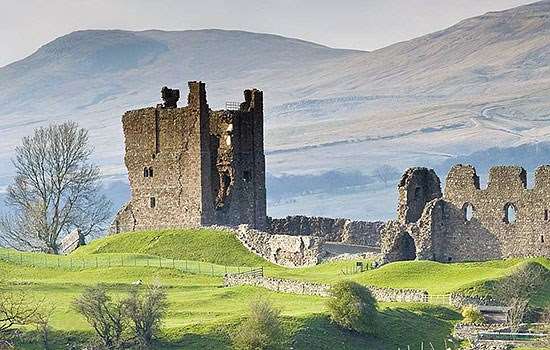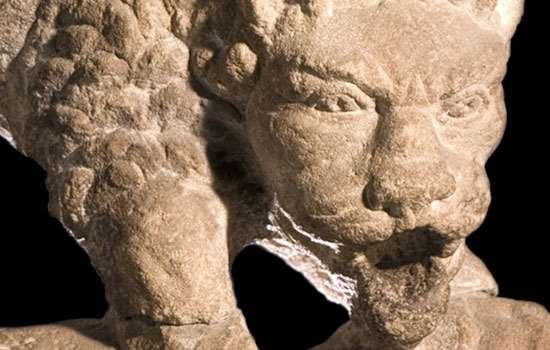History of Old Soar Manor
Old Soar Manor is situated in a remote position in the Kent countryside near Ightham, on the edge of the North Downs.

History
This rare survival of 13th century domestic architecture gives an illuminating impression of the life of a rich medieval family. The manor belonged to the Culpeppers, a leading Kentish family in the Middle Ages who were major landowners.
Manor houses of this period were based around a great hall, with a central fire from which the smoke rose to the open rafters. Family and servants would have eaten in the hall and servants slept on the floor. The manorial court was also held here.
For privacy, the lord and his close family would retire to withdrawing rooms, often a parlour with a solar, or upper chamber, above.
Today the private quarters of the Culpeppers survive, although the timber hall to which these rooms were attached was demolished in 1780 and the surviving red-brick farmhouse built in its place.
Description
The building was constructed in about 1290 of roughly coursed Kentish ragstone. It consists of a solar, latrine and small private chapel. All three rooms stand above vaulted undercrofts, or cellars, which were used for storage.
The solar was reached by a spiral staircase leading out of the hall. It has a steeply pitched crown-post roof. Each end wall features a long window. Originally these were glazed; they were closed by shutters, the fittings for which can still be seen.
A window seat survives below the northern window. This room, in contrast to the hall, had a square chimneybreast and fireplace. A blocked doorway or window opposite the fireplace overlooked the hall. A smaller blocked window allowed the lord to observe activity in the hall below.
A latrine, leading off the solar, discharged into a pit on the outside of the building. This room may also have been used to store clothes, as the odour of urine was believed to keep away pests.
The chapel has a large window which, in contrast to those in the rest of the house, was completely glazed. It once had an entrance at first-floor level to allow access without having to pass through the solar.
Although this range of buildings gave the owner a high degree of comfort and was an indication of his wealth and prestige, its thick stone walls and arrow loops – rather than windows – at ground-floor level equipped it to serve in addition as a defensive stronghold.
Further Reading
Barnwell, PS, and Adams, AT, The House Within – Interpreting Medieval Houses in Kent (London, 1994)
Pearson, S, The Medieval Houses of Kent: An Historical Analysis (London, 1994)
Semple, J, ‘Old Soar Manor, near Plaxtol: house, land and occupants over seven centuries’, Archaeologia Cantiana, 139 (2009), 155–87
Wood, M, Old Soar, Plaxtol, Kent (HMSO guidebook, London, 1950)
Wood, M, The English Medieval House (London, 1965)
FIND OUT MORE



